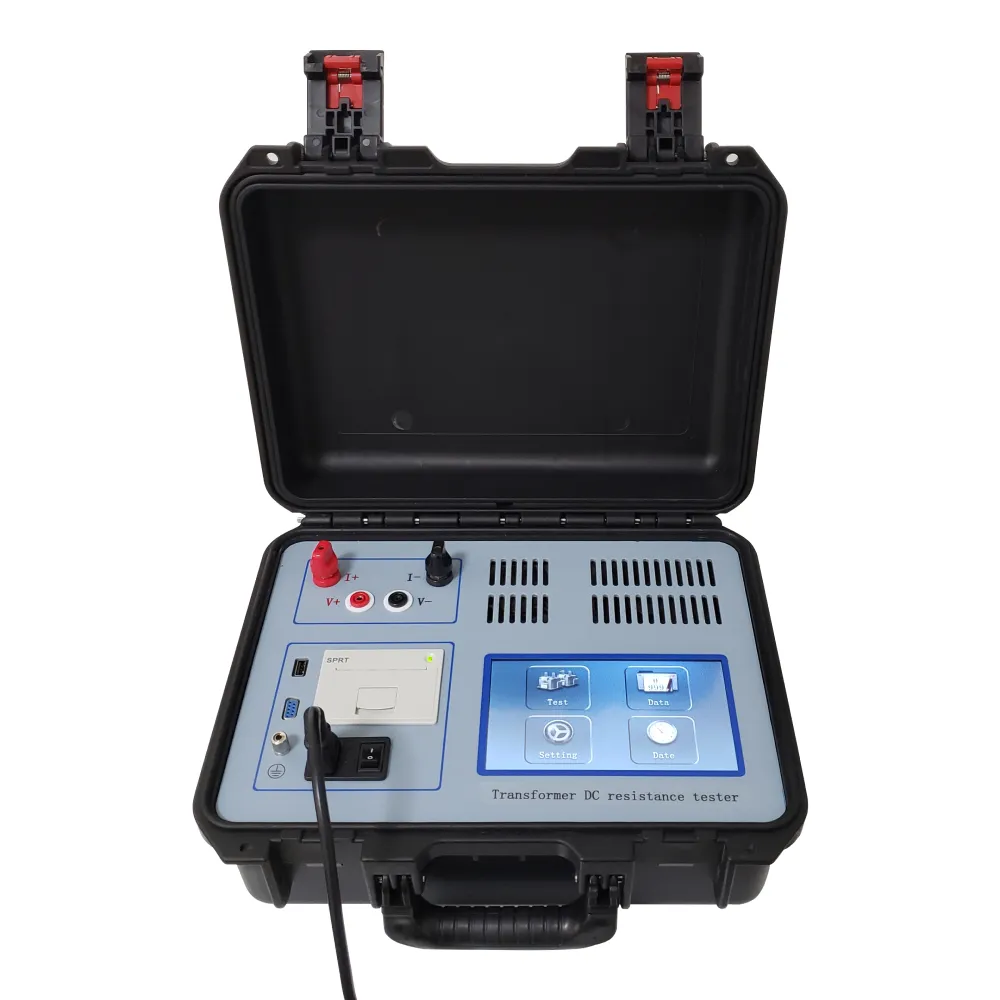TEL:
+86-0312-3189593
 English
English

Telephone:0312-3189593

Email:sales@oil-tester.com

-
 Afrikaans
Afrikaans -
 Albanian
Albanian -
 Amharic
Amharic -
 Arabic
Arabic -
 Armenian
Armenian -
 Azerbaijani
Azerbaijani -
 Basque
Basque -
 Belarusian
Belarusian -
 Bengali
Bengali -
 Bosnian
Bosnian -
 Bulgarian
Bulgarian -
 Catalan
Catalan -
 Cebuano
Cebuano -
 China
China -
 China (Taiwan)
China (Taiwan) -
 Corsican
Corsican -
 Croatian
Croatian -
 Czech
Czech -
 Danish
Danish -
 Dutch
Dutch -
 English
English -
 Esperanto
Esperanto -
 Estonian
Estonian -
 Finnish
Finnish -
 French
French -
 Frisian
Frisian -
 Galician
Galician -
 Georgian
Georgian -
 German
German -
 Greek
Greek -
 Gujarati
Gujarati -
 Haitian Creole
Haitian Creole -
 hausa
hausa -
 hawaiian
hawaiian -
 Hebrew
Hebrew -
 Hindi
Hindi -
 Miao
Miao -
 Hungarian
Hungarian -
 Icelandic
Icelandic -
 igbo
igbo -
 Indonesian
Indonesian -
 irish
irish -
 Italian
Italian -
 Japanese
Japanese -
 Javanese
Javanese -
 Kannada
Kannada -
 kazakh
kazakh -
 Khmer
Khmer -
 Rwandese
Rwandese -
 Korean
Korean -
 Kurdish
Kurdish -
 Kyrgyz
Kyrgyz -
 Lao
Lao -
 Latin
Latin -
 Latvian
Latvian -
 Lithuanian
Lithuanian -
 Luxembourgish
Luxembourgish -
 Macedonian
Macedonian -
 Malgashi
Malgashi -
 Malay
Malay -
 Malayalam
Malayalam -
 Maltese
Maltese -
 Maori
Maori -
 Marathi
Marathi -
 Mongolian
Mongolian -
 Myanmar
Myanmar -
 Nepali
Nepali -
 Norwegian
Norwegian -
 Norwegian
Norwegian -
 Occitan
Occitan -
 Pashto
Pashto -
 Persian
Persian -
 Polish
Polish -
 Portuguese
Portuguese -
 Punjabi
Punjabi -
 Romanian
Romanian -
 Russian
Russian -
 Samoan
Samoan -
 Scottish Gaelic
Scottish Gaelic -
 Serbian
Serbian -
 Sesotho
Sesotho -
 Shona
Shona -
 Sindhi
Sindhi -
 Sinhala
Sinhala -
 Slovak
Slovak -
 Slovenian
Slovenian -
 Somali
Somali -
 Spanish
Spanish -
 Sundanese
Sundanese -
 Swahili
Swahili -
 Swedish
Swedish -
 Tagalog
Tagalog -
 Tajik
Tajik -
 Tamil
Tamil -
 Tatar
Tatar -
 Telugu
Telugu -
 Thai
Thai -
 Turkish
Turkish -
 Turkmen
Turkmen -
 Ukrainian
Ukrainian -
 Urdu
Urdu -
 Uighur
Uighur -
 Uzbek
Uzbek -
 Vietnamese
Vietnamese -
 Welsh
Welsh -
 Bantu
Bantu -
 Yiddish
Yiddish -
 Yoruba
Yoruba -
 Zulu
Zulu
Feb . 13, 2025 08:05
Back to list
Transformer insulation oil breakdown voltage tester bdv
The temperature rise test for transformers is an essential diagnostic process, crucial for ensuring the safety, efficiency, and longevity of these integral components in electrical systems. The purpose of the temperature rise test is to evaluate the thermal performance of a transformer under load conditions to prevent overheating, which can lead to insulation failure and reduced service life.
An expert approach to analyzing test results involves comparing the measured temperature rise against the design specifications of the transformer. Any deviation can indicate issues such as inadequate cooling, higher than expected losses, or faults within the core or windings, each requiring specific remedial actions. Moreover, assessing the data against historical performance offers insights into aging and predictive maintenance planning. From an authoritative stance, recommendations from global experts underscore the importance of regular testing. This ensures thermal management systems function correctly and helps anticipate potential failures. Real case studies have demonstrated that transformers subjected to periodic and precise temperature rise tests exhibit lower instances of unexpected outages and longer operational lives. Utilities and industries that neglect these tests often face costly emergencies and reduced transformer reliability. Temperature rise tests for transformers embody trustworthiness in proactive maintenance strategies. When conducted with precision and expertise, they affirm the transformer's capacity to operate under its designated parameters without succumbing to the detrimental effects of thermal stress. Engineers and maintenance specialists consistently leverage these tests to make informed decisions, optimize performance, and uphold safety standards. In summary, a comprehensive temperature rise test for transformers is not just a regulatory obligation but a cornerstone of operational excellence. By integrating deep expertise and authoritative industry standards into testing methodologies, companies safeguard their transformers against premature aging and inefficiencies, thus ensuring a robust and resilient power distribution infrastructure.


An expert approach to analyzing test results involves comparing the measured temperature rise against the design specifications of the transformer. Any deviation can indicate issues such as inadequate cooling, higher than expected losses, or faults within the core or windings, each requiring specific remedial actions. Moreover, assessing the data against historical performance offers insights into aging and predictive maintenance planning. From an authoritative stance, recommendations from global experts underscore the importance of regular testing. This ensures thermal management systems function correctly and helps anticipate potential failures. Real case studies have demonstrated that transformers subjected to periodic and precise temperature rise tests exhibit lower instances of unexpected outages and longer operational lives. Utilities and industries that neglect these tests often face costly emergencies and reduced transformer reliability. Temperature rise tests for transformers embody trustworthiness in proactive maintenance strategies. When conducted with precision and expertise, they affirm the transformer's capacity to operate under its designated parameters without succumbing to the detrimental effects of thermal stress. Engineers and maintenance specialists consistently leverage these tests to make informed decisions, optimize performance, and uphold safety standards. In summary, a comprehensive temperature rise test for transformers is not just a regulatory obligation but a cornerstone of operational excellence. By integrating deep expertise and authoritative industry standards into testing methodologies, companies safeguard their transformers against premature aging and inefficiencies, thus ensuring a robust and resilient power distribution infrastructure.
Latest news
-
Testing Equipment Industry Sees Major Advancements in 2025: Smart & Precision Technologies Lead the WayNewsJun.06,2025
-
Applications of Direct Current Generators in Renewable Energy SystemsNewsJun.05,2025
-
Hipot Tester Calibration and Accuracy GuidelinesNewsJun.05,2025
-
Digital Circuit Breaker Analyzer Features and BenefitsNewsJun.05,2025
-
Benefits of Real-Time Power Quality Monitoring Devices for Industrial EfficiencyNewsJun.05,2025
-
Earth Fault Loop Testing in High-Rise Building Electrical SystemsNewsJun.05,2025



